When World War II broke out on September 1, 1939, the German economy was finally focused on the production of military equipment. From that point on, it was almost forbidden for Daimler-Benz to sell vehicles to private customers. After the campaign against Russia was launched in 1941, all of the cars and trucks being produced were sent only to the army or to businesses considered essential to the war effort. Research and development for civilian vehicles also came to a halt, under threat of draconian punishments for non- compliance. Henceforth, all of the automotive industry’s efforts had to be directed toward producing vehicles and airplane and ship engines for military use, as well as tanks and tracked vehicles. In addition, ammunition, pistols, hand grenades, gun barrels and parts for military aircrafts were produced in Daimler-Benz plants, such as those in Sindelfingen, Gaggenau, and Stuttgart-Untertürkheim. The production of replacement parts and the repair of military vehicles and engines also gained in importance.
The support of the automobile industry in the 1930s, as well as the later shift to military equipment, caused the number of employees at Daimler-Benz AG to grow rapidly, from just over 9,000 in 1932 to almost 65,000 in the war year 1943. But this growth also generated some problems. The introduction of compulsory military service in 1935, and especially the mobilization in 1939, caused a growing shortage of skilled industrial workers who could meet the increasing demands in the areas of development and production. The growing numbers of working women and legally recruited workers from abroad, who were known as foreign workers, could not compensate for this shortage. The expansion of the war into Eastern Europe opened up one of the darkest chapters in Germany’s economic history: the chapter of forced labor.
,xPosition=0,yPosition=0.5)

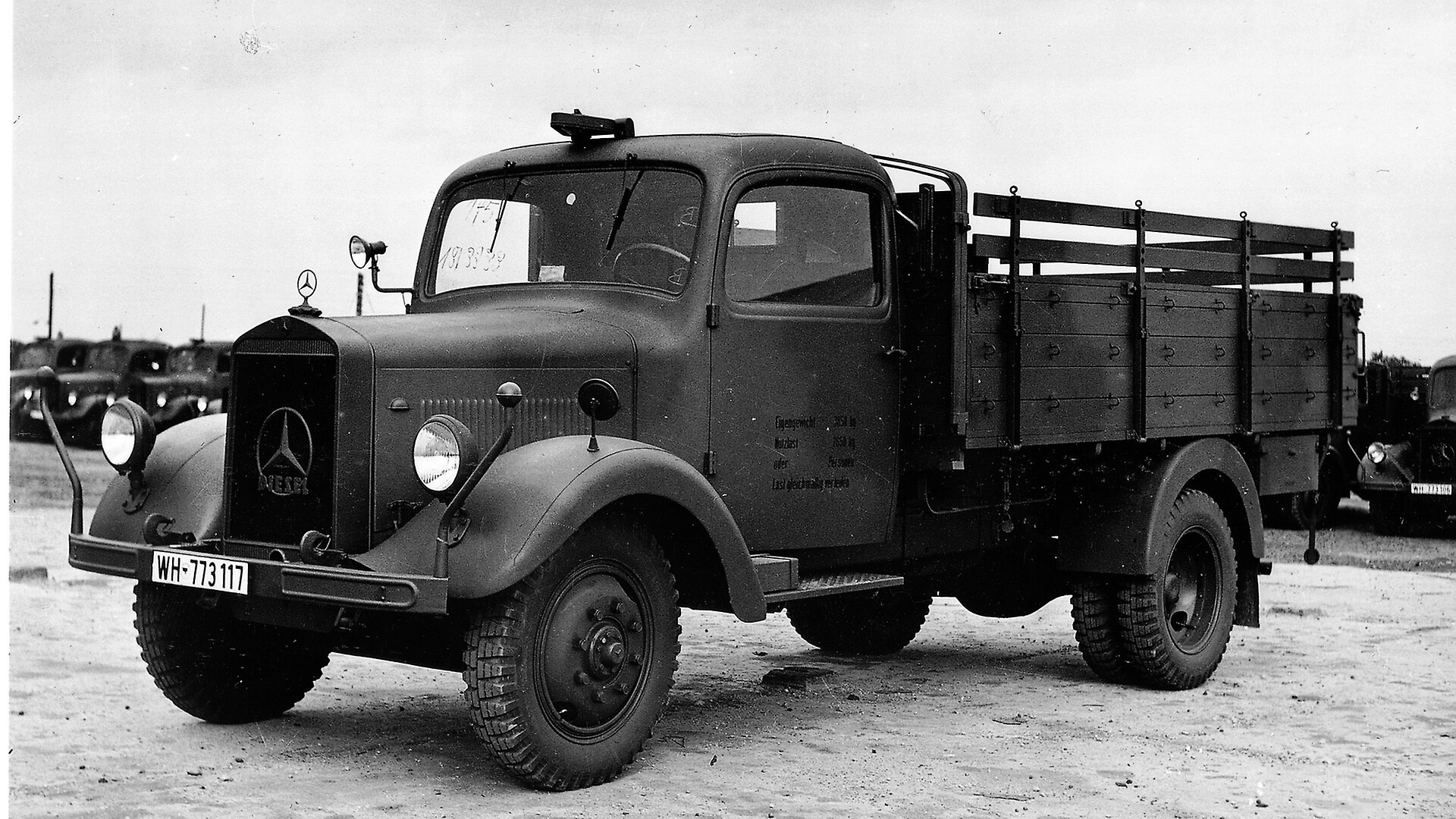

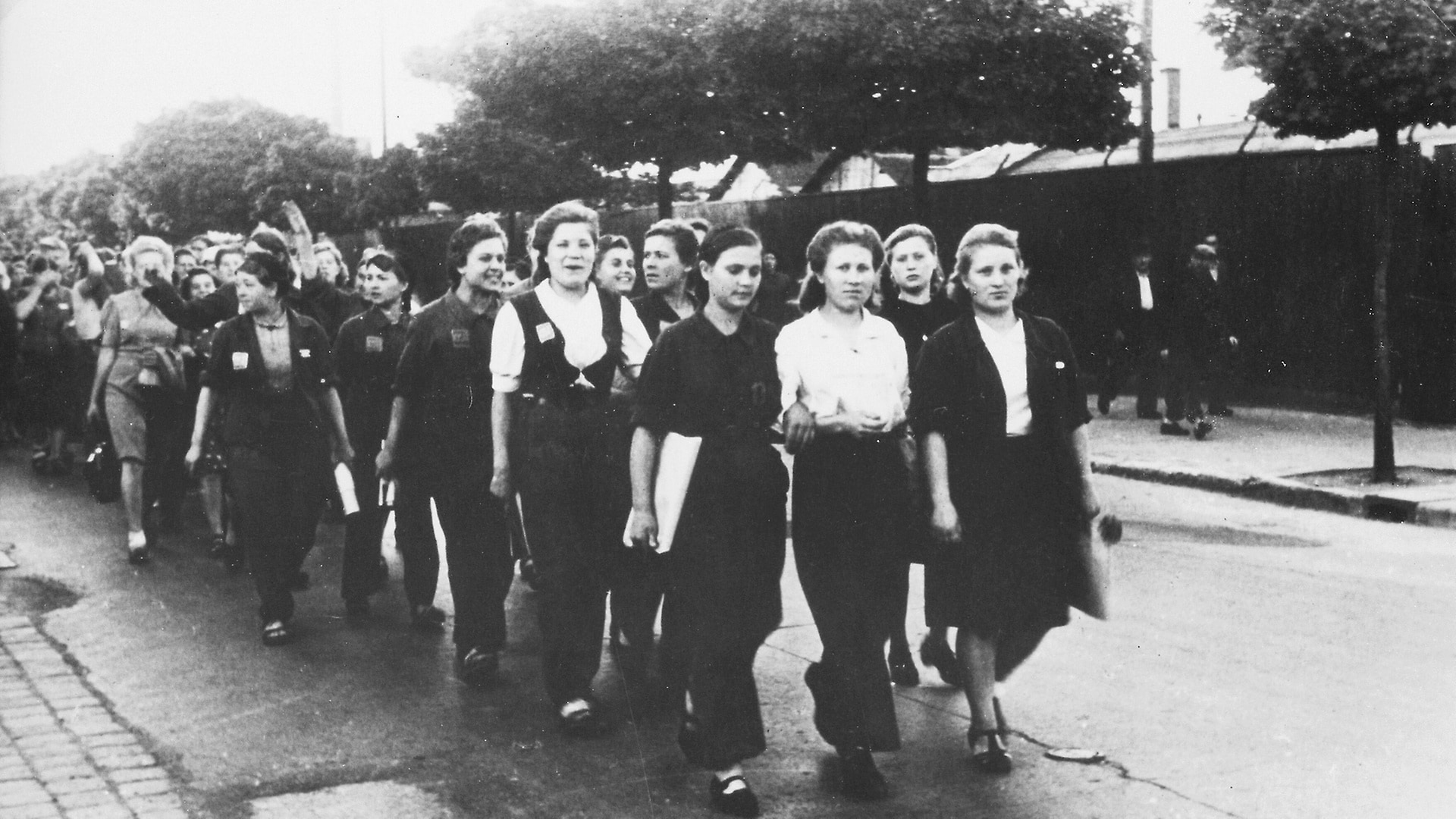
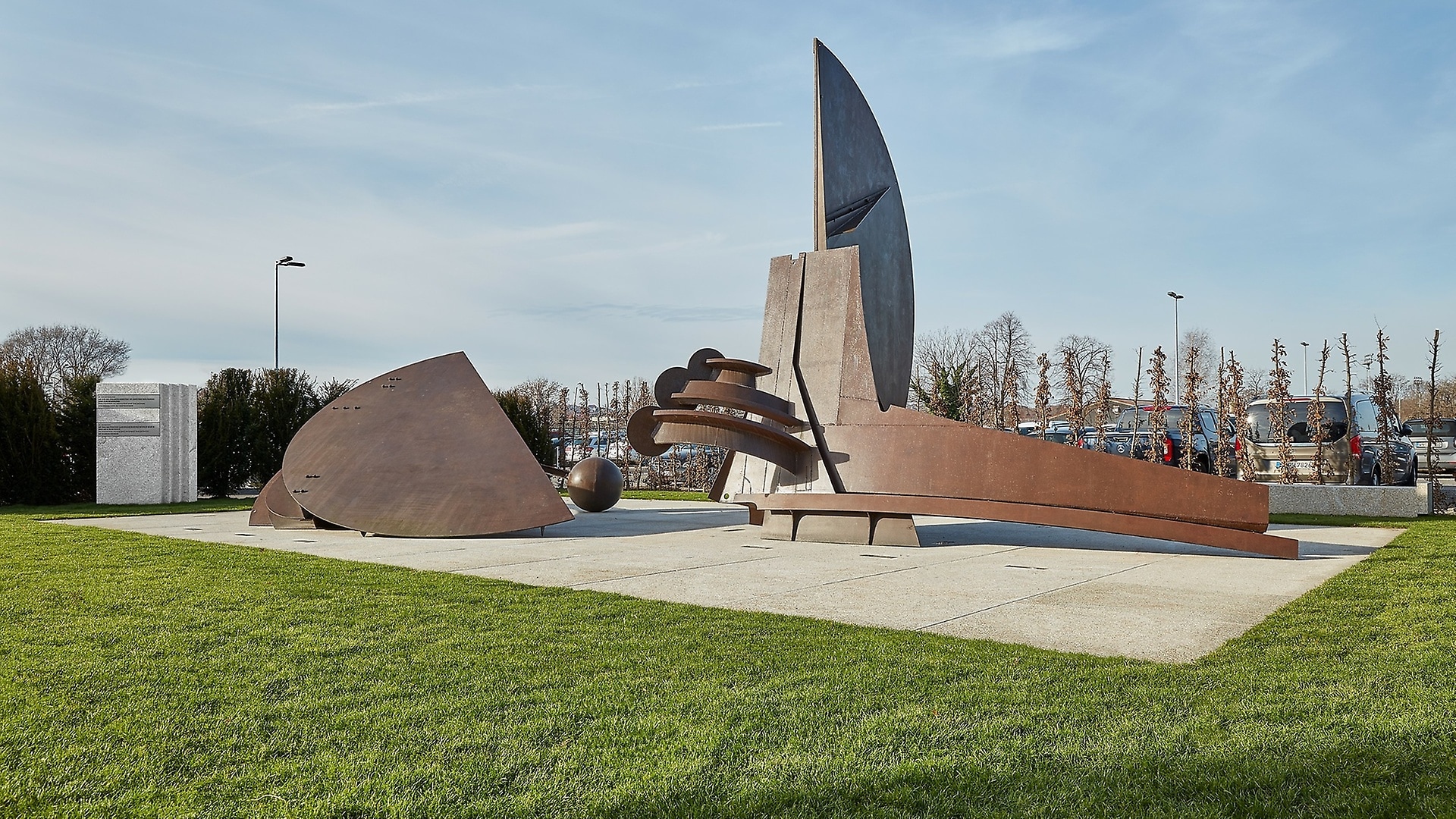
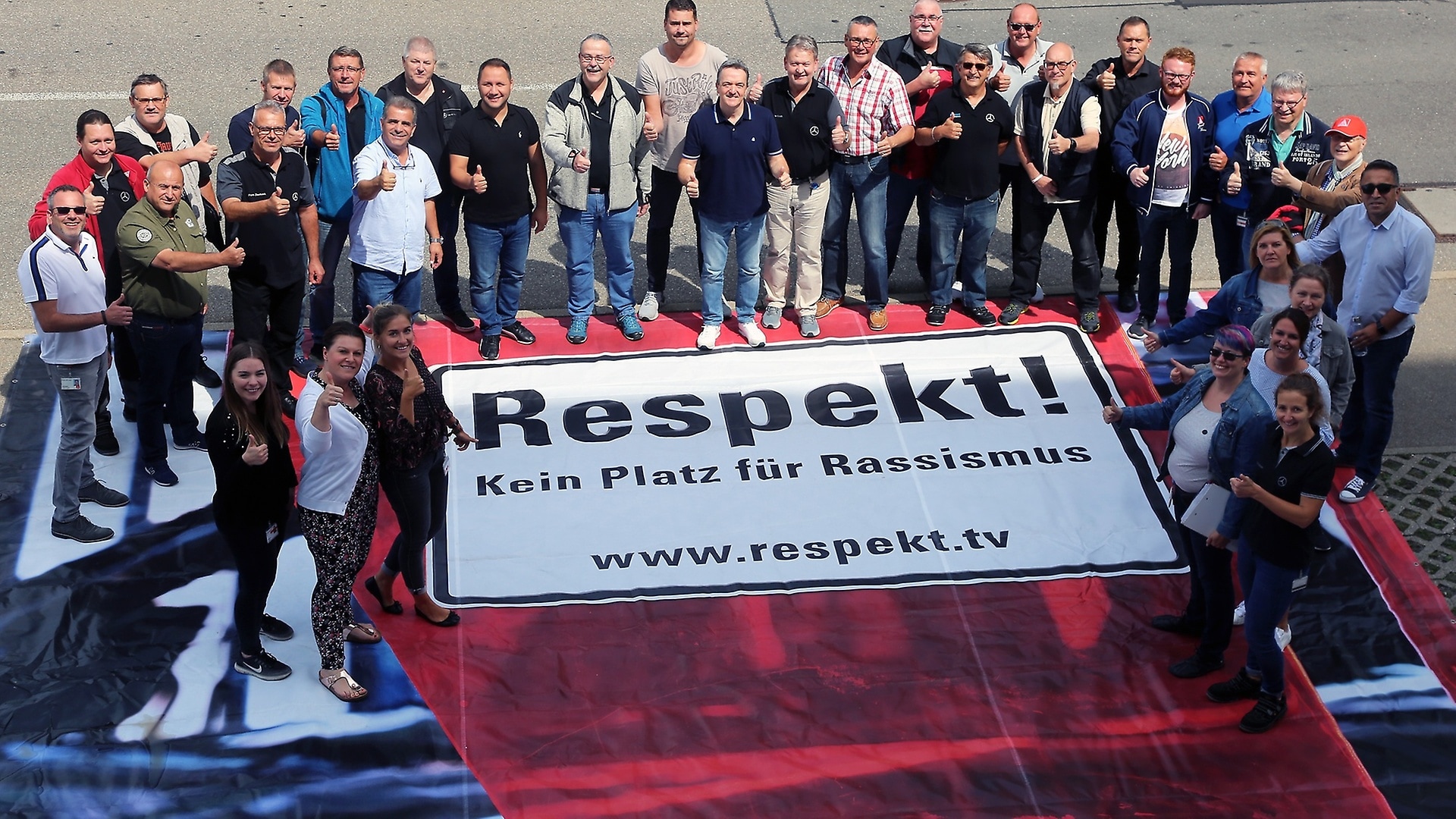

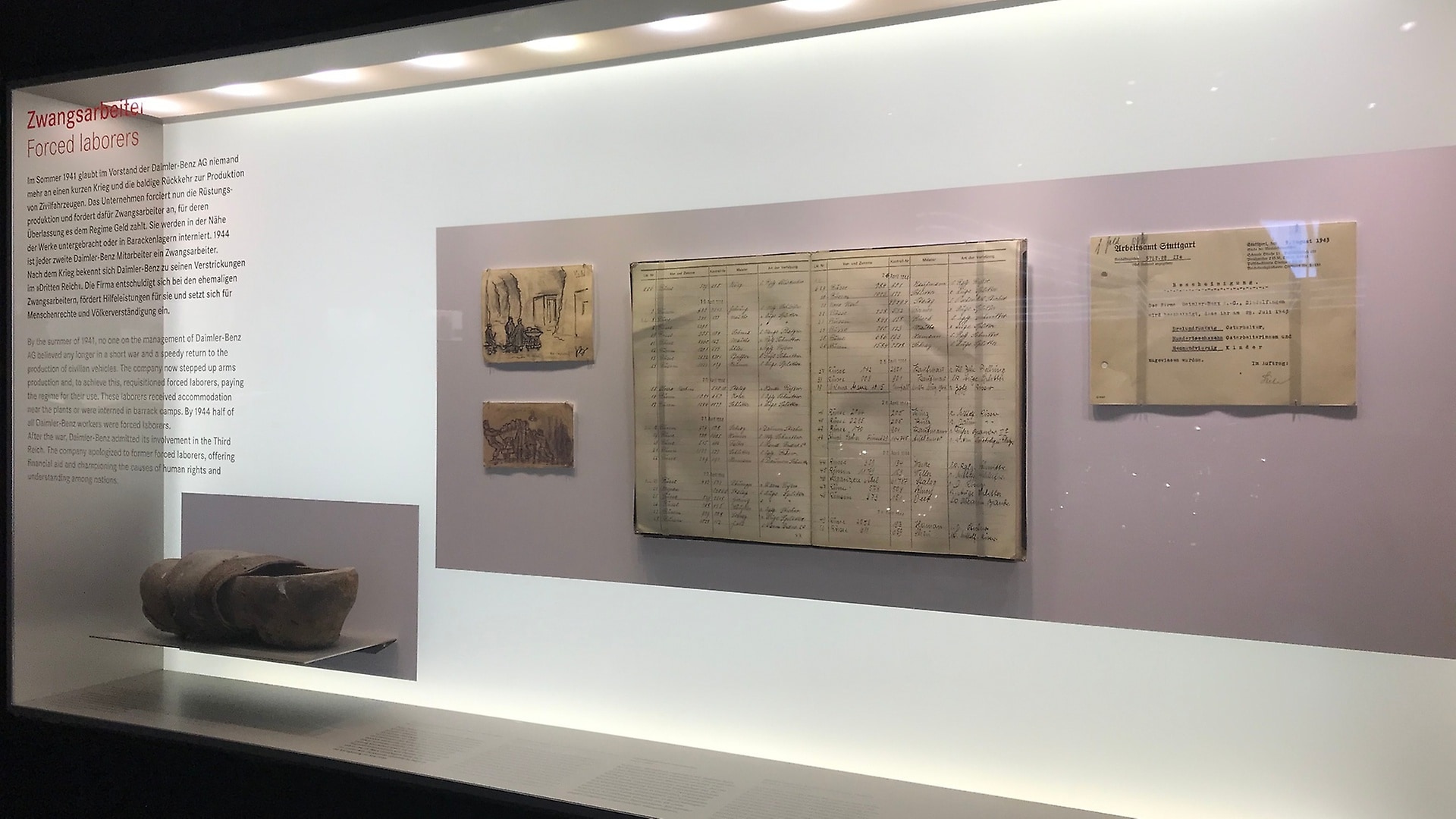
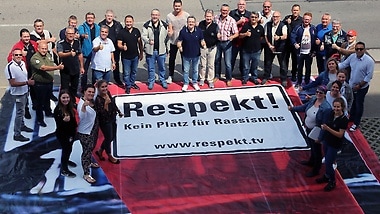
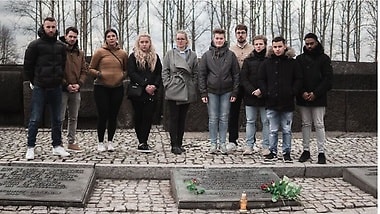
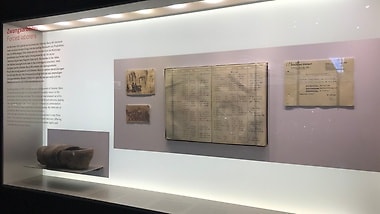
,xPosition=0.5,yPosition=0)
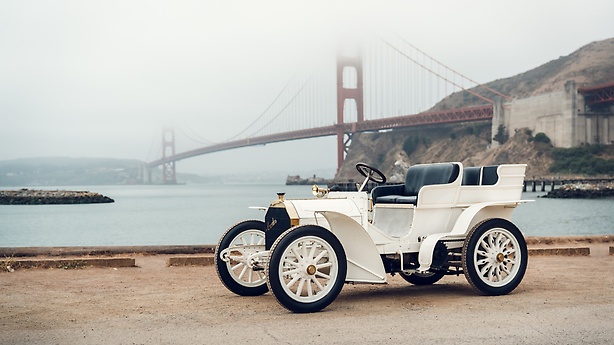,xPosition=0.5,yPosition=0)